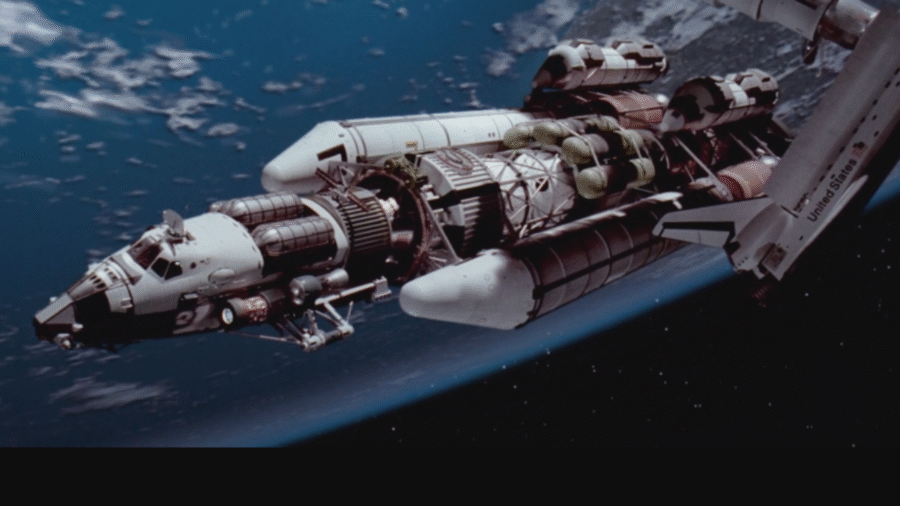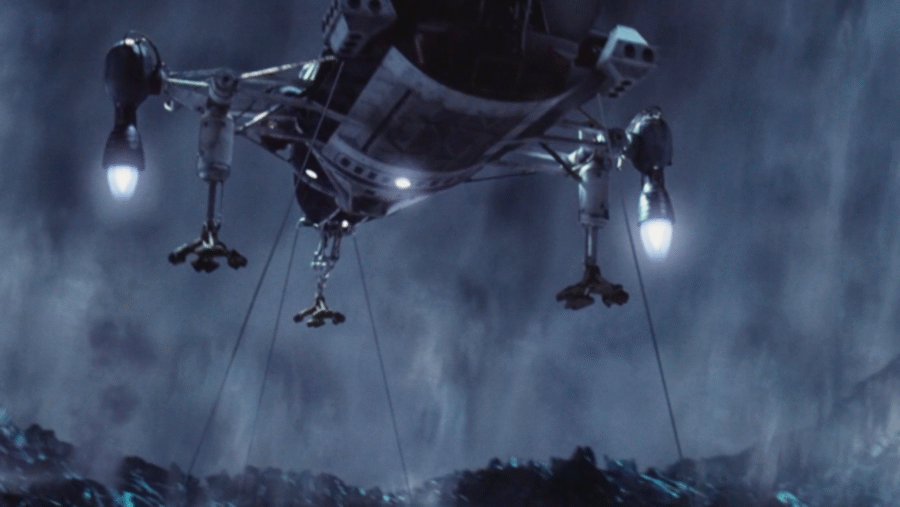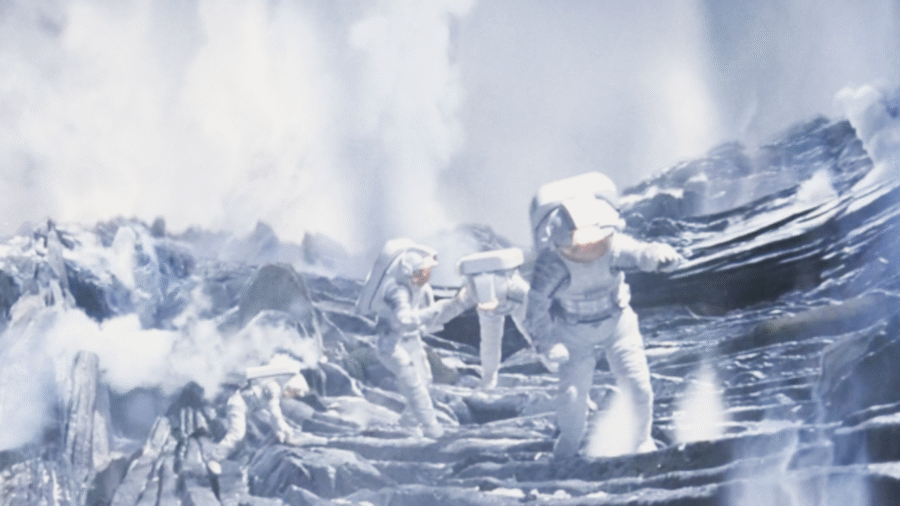By Robert Scucci
| Updated 22 seconds ago

1998 was a banner year for disaster films involving large celestial bodies set to collide with planet Earth. Supposedly more scientifically accurate than its more financially successful counterpart, Armageddon, Deep Impact tells a story about humanity’s last chance at survival as an extinction-level event becomes a very real possibility in the near future.
Pulling no stops visually, and bolstered by a top-tier performance from Morgan Freeman, Deep Impact takes a grounded approach in its storytelling while something extraordinary and beyond our control becomes the primary source of conflict. Since we’re talking about a big-budget disaster flick, you better believe that the powers that be won’t go down without a fight if our tax dollars have anything to say about the situation.
It’s The Final Countdown

Deep Impact’s opening sequence almost plays out like a carbon copy of the 1995 Simpsons episode, “Bart’s Comet.” High school student Leo Biederman (Elijah Wood) discovers, with the help of Dr. Marcus Wolf (Charles Martin Smith), a comet heading directly toward Earth. Dr. Wolf dies in a car crash before getting his findings submitted, which keeps the threat under wraps.
A year later, when investigative journalist Jenny Lerner (Téa Leoni) is approached by US President Tom Beck (Morgan Freeman), it’s all out in the open. Beck has reason to believe that the Wolf-Biederman comet, roughly seven miles wide, is on course to strike Earth, resulting in an extinction-level event.

The plan to rectify the situation is a simple one that doesn’t involve sending oil drillers to nuke a celestial body from the inside. Instead, a crew of astronauts boards a ship called Messiah to launch nukes at the comet’s exterior and alter its trajectory. As you would expect in a late 90s disaster flick, this plan backfires, leaving President Beck to make tough decisions involving martial law and implementing a lottery system for Americans to determine who gets a spot in the limited number of underground shelters.
Watch For The Special Effects And Morgan Freeman


Fully acknowledging that I’m biased and think Armageddon is an infinitely more entertaining movie, it’s worth mentioning that Deep Impact is not without its charm, thanks to its Earthside exchanges. Where Armageddon goes full ridiculous with its oil drillers saving the world on an asteroid the size of Texas, Deep Impact focuses more on how government continuity and communication shape expectations when survival mode becomes the priority. Morgan Freeman’s addresses to the nation are somber yet hopeful as President Beck prepares the world for catastrophic casualties.
The disaster sequences on Earth, as well as the moments with the Messiah crew in space, aren’t the main feature here, but they’re shot clean, and the visuals are impressive for a movie that’s nearly 30 years old. Compared to most of the CGI slop we get shoveled into our streaming troughs these days, Deep Impact’s cinematography is vibrant, clear, and shockingly strong for what would now be considered a modest budget of $80 million. Rewatching the movie for the first time since childhood, I couldn’t believe how well the visuals and sound design hold up during the more explosive sequences.

The second-best big-budget blockbuster about an extinction-level event that 1998 has to offer, Deep Impact holds up surprisingly well and makes for a great double feature with its Bruce Willis-starring counterpart. As of this writing, you can stream the title on Netflix.
